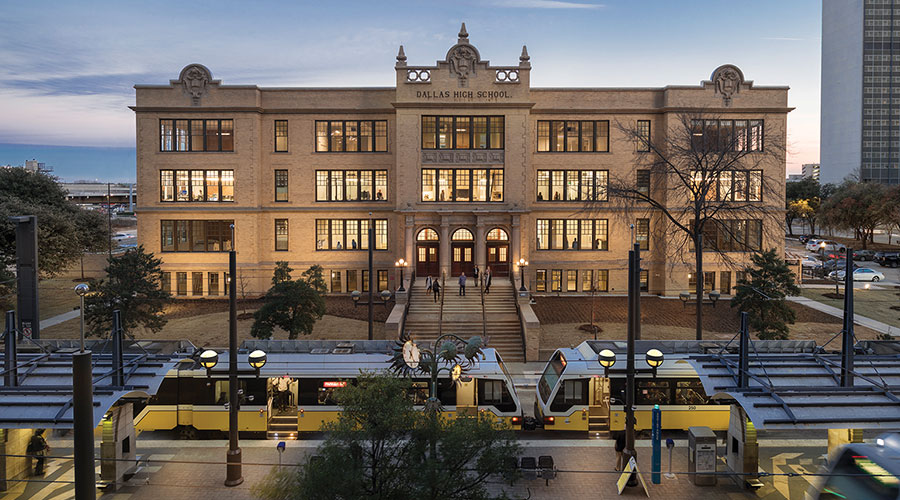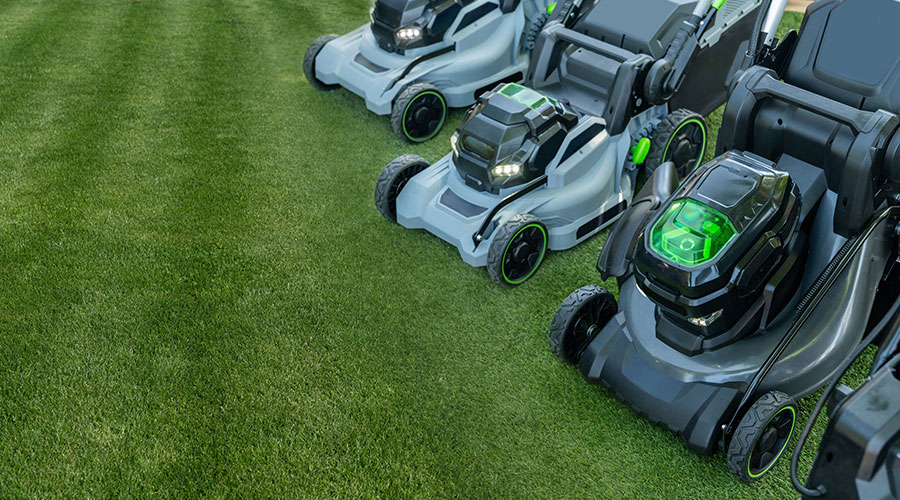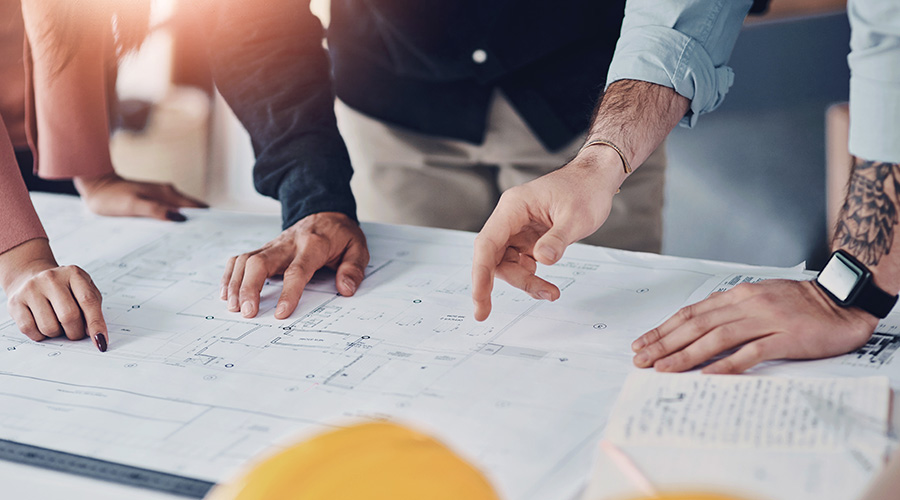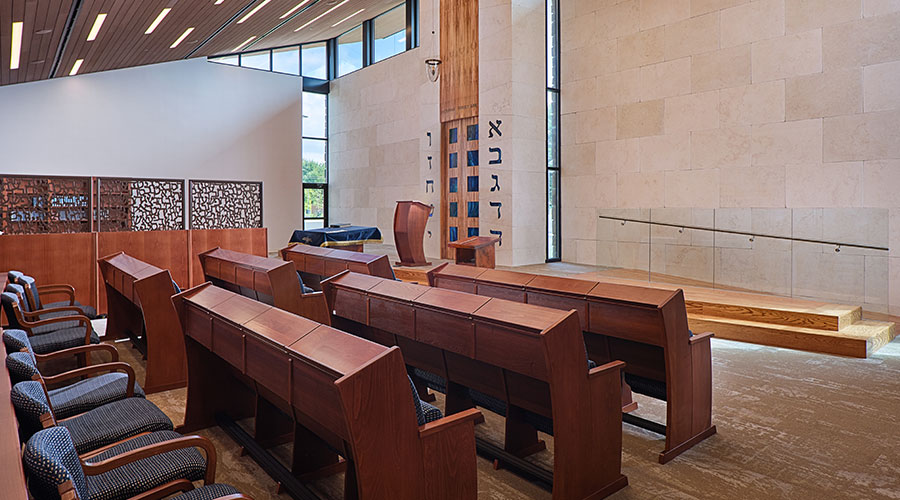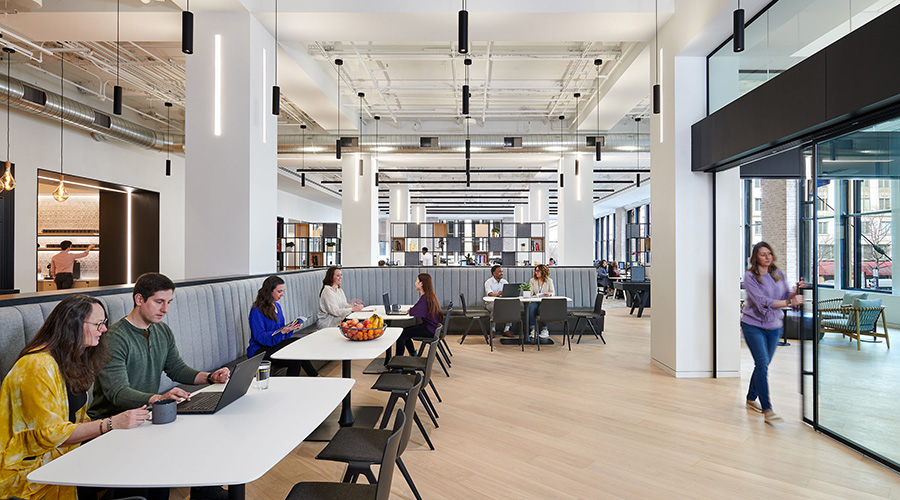Understanding the Steps in Designing Green Interiors
Like a snowball gaining momentum as it rolls down a mountainside, the many facets of sustainable design have developed steadily over the last 11 years. Much of the credit goes to the launch of the U.S. Green Building Council's LEED rating system in March 2000. As organizations, facility managers and designers became more familiar with the concepts, the demand for sustainable spaces increased dramatically and a mini-industry of products and services developed to meet the supply side of the equation. Today, with more than 150,000 LEED Accredited Professionals and a variety of other credible metrics, sustainable design has achieved critical mass worldwide. However, just because it is "common practice" doesn't mean that there is common knowledge, expertise or understanding of the various decision-making thresholds for facility managers.
With or without certification, many facility projects now assume sustainable design. There was a time when the only green product options would rapidly inflate the budget on even the smallest job. Now products with a high recycled content are often cost neutral, including ceiling tile, carpeting, sheetrock and aluminum. Facility managers can create healthier environments by choosing from a variety of products with low VOC emissions, such as paints, adhesives and fiberboards. Any decision about specifying a product or building systems component that may add cost or change performance should involve the facility manager.
Taking It Step By Step
In general, it's best to begin a project with a "sustainability opportunity assessment." While many of the considerations are focused on LEED, the assessment is also a useful tool for evaluating other benchmarks and strategies, such as reducing carbon footprint. An assessment should involve a discussion of all the pertinent issues and potential metrics, the intent and challenges associated with each strategy, and any cost consequences. The result will be a better understanding of the project and common ground for expectations, which creates a solid foundation for the project kickoff.
The next step is to build a project team with proven sustainable design experience. Someone should have the ability to lead the team through the process in terms of the schedule, budget and the necessary decisions to move forward or not. A good, green integrated design process involves the entire project team — including the facility manager, architect, designers, engineers, owner and contractor — to get an immediate understanding of how one component will affect another. Decisions involving space, building systems and their operation must be thought about holistically.
The facility manager should be responsible for reaching out to the health/safety and environmental entities within a company to gauge the alignment of the sustainable design strategy with the company as a whole and begin to integrate other members of the organization into the decision-making process. The operations staff should also be involved as they will inherit day-to-day responsibility for the completed space. As a result, they should actively consider operating procedures and maintenance processes, such as green cleaning, that will further extend environmental stewardship.
Related Topics:






